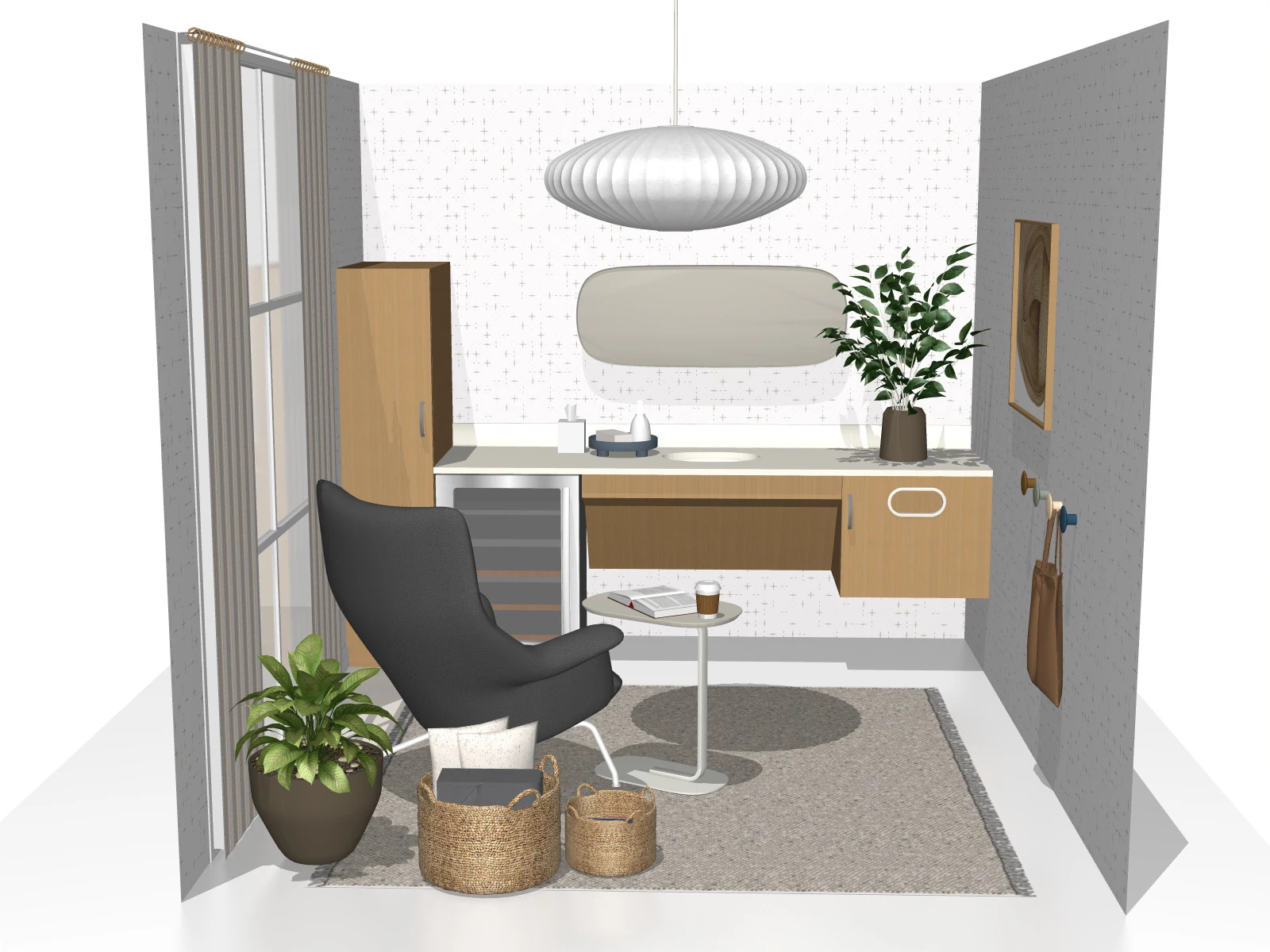Sometimes during the work day, you just need a minute.
Maybe you need a quick breather after a tense meeting. Or perhaps you need a moment to pause amidst a full day of work. The comfort of a place to go for a little peace and quiet is something many workers need and have come to expect from their workplaces.
Designing Restful Solutions
Thankfully, many workplaces and workspaces recognize the need to provide quiet spaces. Employers are now creating rooms that can serve many different needs, such as a pumping parent, the headache-plagued worker, or a person needing privacy to handle something personal during the workday. Known as “respite rooms,” they offer space for people to seek a brief refuge. Some rooms are designated for specific purposes–for instance, a mothers’ room is primarily for pumping–but ultimately all respite rooms are a spot to get away from the hustle and bustle of the modern workspace.
“Initially, these started as nursing rooms,” explained Jolynn Kaldor, a Workspace Expert at InterOffice. “But now there’s more emphasis on wellness–designating the space as somewhere to get away from the busyness of the day for 10-15 minutes.”




